Written by: Roshan Dwivedi
TV viewers like any other customers always wanted choices. And to fill that up, the industry came up with VoD, Catch Up TV and Delayed Broadcasts. Year after year, the digital video streaming format gradually took over TV and linear broadcasts.
Responding to consumer demand in the most appropriate ways, SVOD has been one of the most successful digital business models, with the U.S. market leader, Netflix, reported a net gain of 2.28 million U.S. subs and 2.6 million overseas, to end Q1 with 62.3 million streaming customers Quite a record for a company that began with the DVD rental business.
While these are just statistics; in the end, programming, platform and technology aside, it all boils down to content, content and content. Here are 3 reasons why that is totally true:
- Loyalty Towards Content: Many people are loyal to particular long-running shows (rather than channels) and often have these shows in mind when consuming video content online. The recent launch of the Sky Atlantic HD channel, although not on-demand, reflects this appetite for iconic long-running dramas. The mere availability of such shows on demand encourages viewers to watch them in a concentrated time frame, sometimes consuming the whole series in one go. Loyalty need not necessarily be related to sequential dramas. For example, shows like Glee hook viewers with a familiar episode format and a cast of favourite characters. Such a show is perfectly suited to on-demand delivery because it both facilitates stand-alone quick fix consumption and concentrated series catch-up.
- Nature of Content: Water-cooler dramas are by their nature taken more seriously than comedy shows, and also since they’re more linear, they’re more likely to be the target of concentrated consumption and watched in sequence than comedy. Online consumption of an episode of a comedy show such as the IT Crowd may be more about getting another fix after watching an episode on TV, especially where the episodes are stand-alone rather than part of an ongoing plot.
- Incomplete vs Complete Content : Video on demand sites may offer both complete episodes and incomplete clips either as trailers for shows or compilations e.g. Top ten moments, but the different user experiences associated with viewing these have design repercussions.
Opinions are divided, although generally people prefer complete episodes of their favorite shows. This is consistent with the commitment people are prepared to invest once their loyalty has been earned. Indeed, it’s likely that loyalty can only be assured once complete episodes have been viewed. Some viewers avoid clips because they may act as spoilers. Other viewers appreciate the chance to try out upcoming or new content.
Netflix and House of Cards
The political drama launched Netflix’s expansion into original programming two years ago. It was a risky bet that might have toppled the internet video service had “House of Cards” flopped and squandered its estimated $100 million investment.
Instead, the show was an immediate hit with viewers and critics, giving Netflix the financial clout and creative firepower to further transform how we watch and define “television.” “House of Cards” spurred other online services such as Amazon.com Inc. and Google’s YouTube to spend more on their own original television content to create shows rivaling those produced by broadcast and cable channels.
Muvi has always encouraged content owners to step up and realize their real position in the broadcast arena. After all, if you had nothing to show, who would watch your show? So, Muvi came up with the idea of a Do It Yourself Video On Demand Platform that would hand the remote control to content creators and owners, enabling them to self-publish with state-of-art content security.
The future of TV is IPTV, the one of linear broadcast is VoD, and that of on-demand streaming platforms is Muvi.
With Muvi, the growth story never halts, never stops.
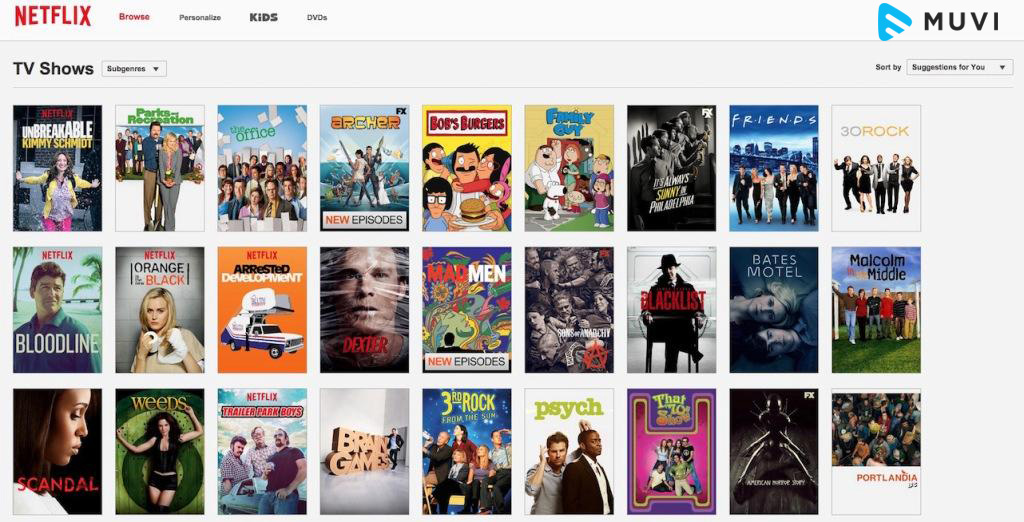
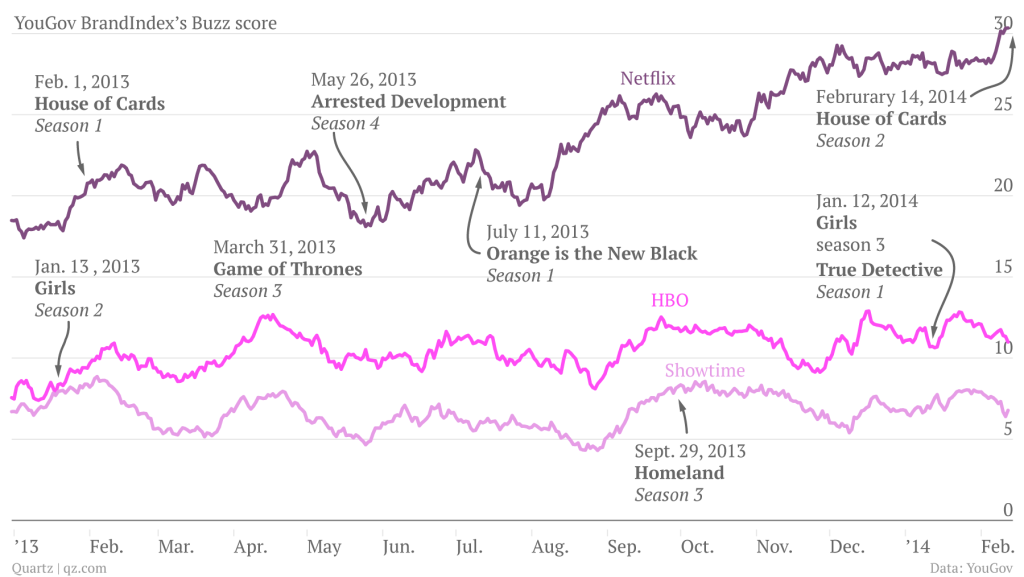

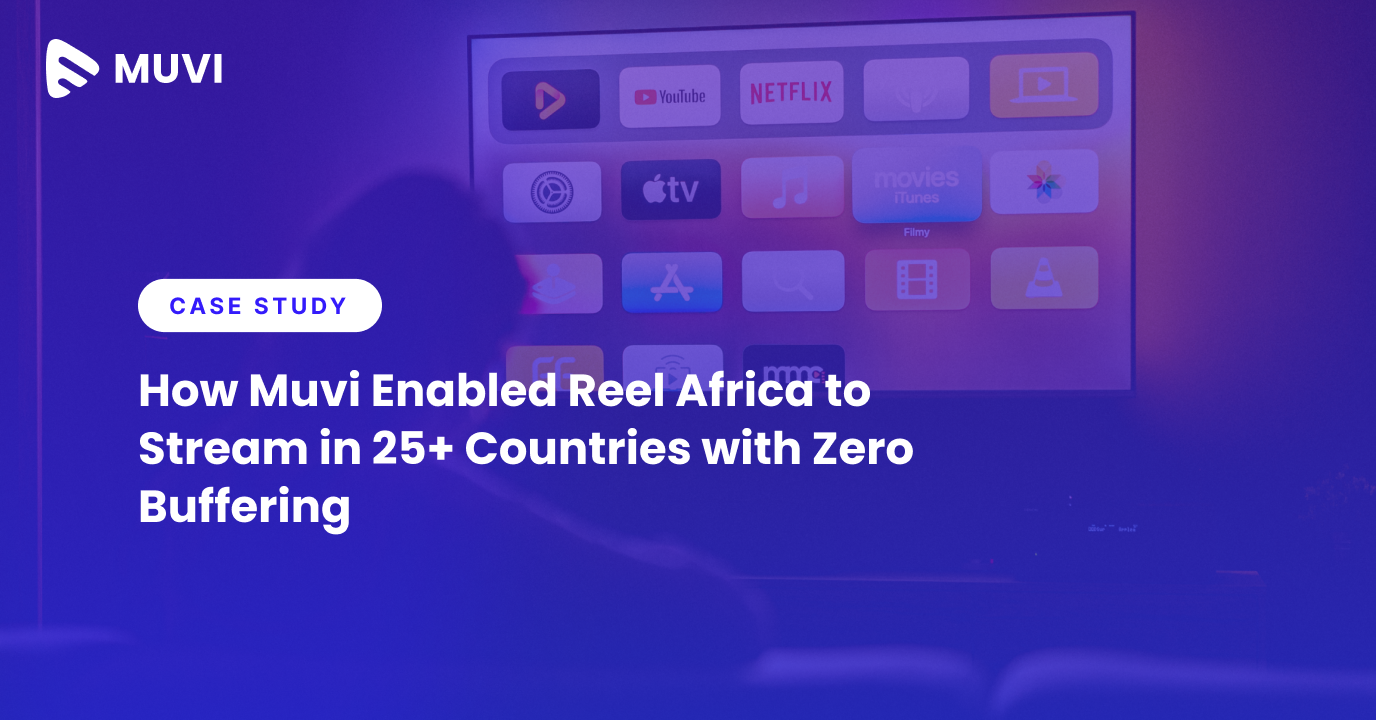
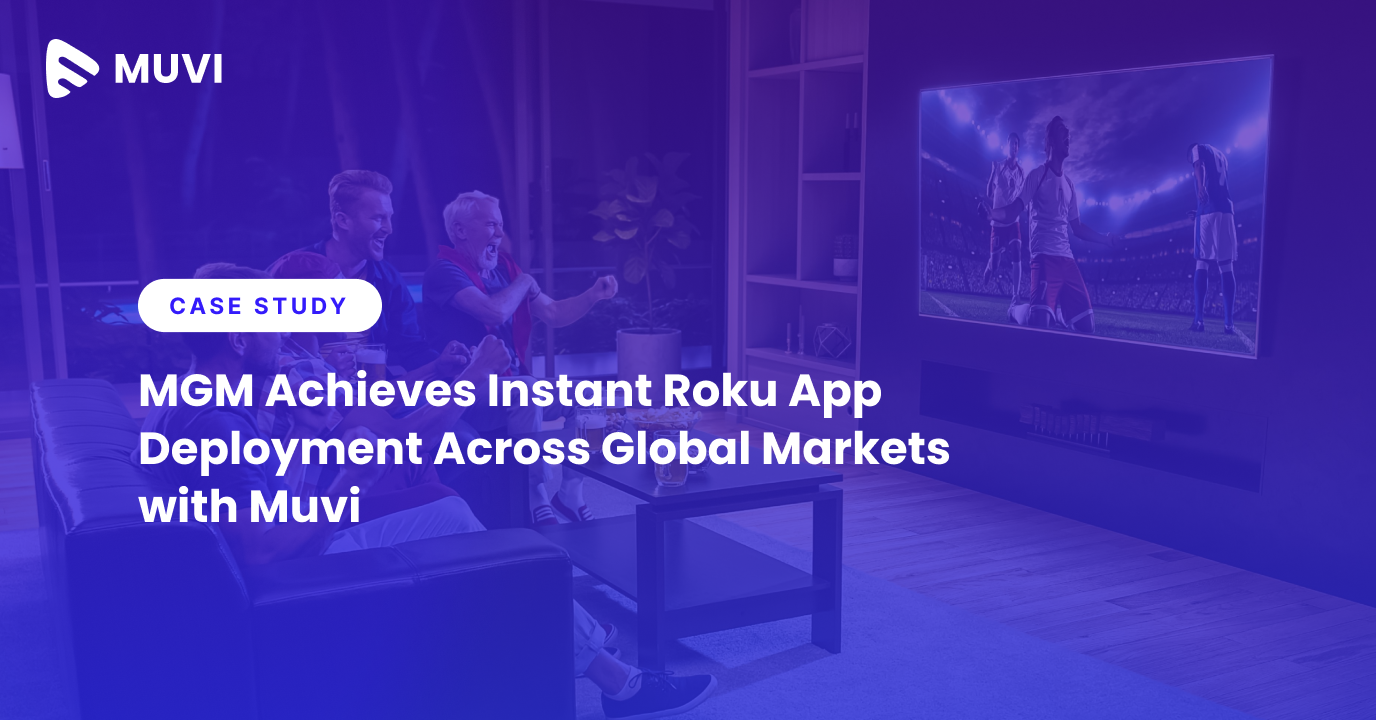
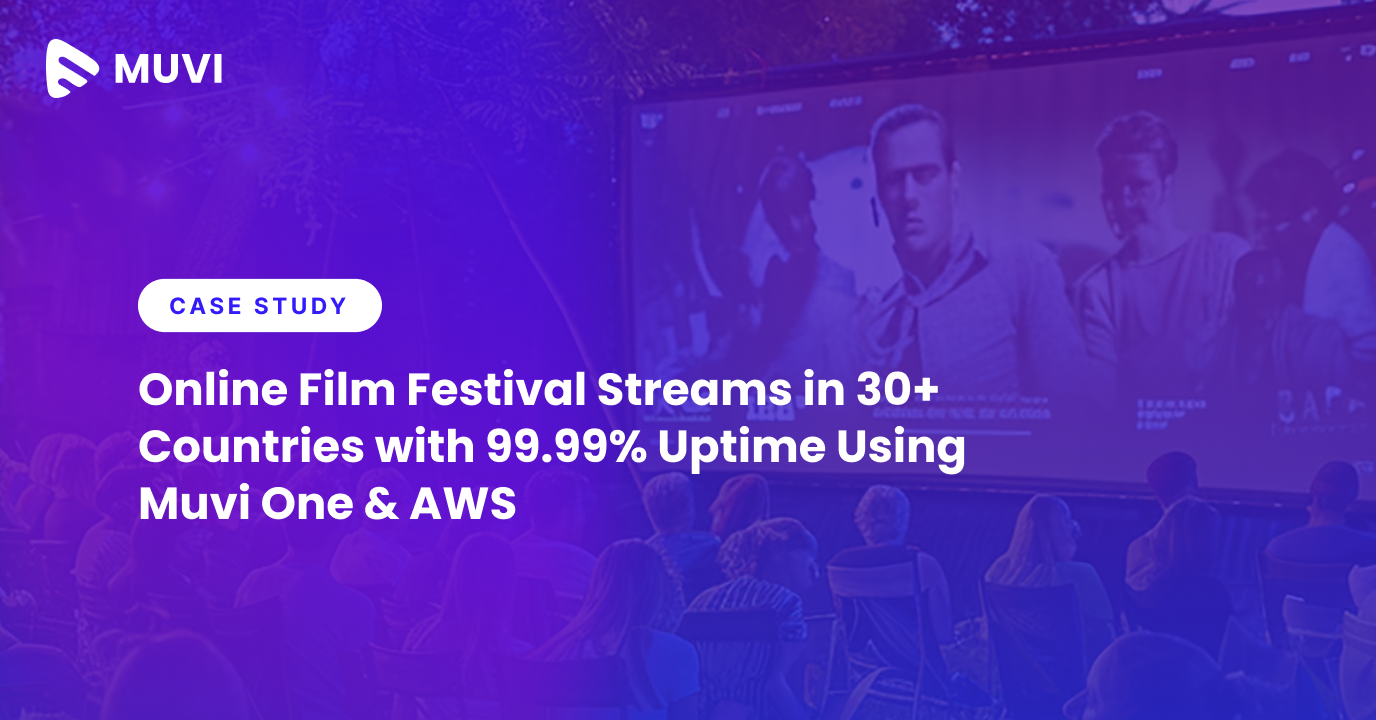
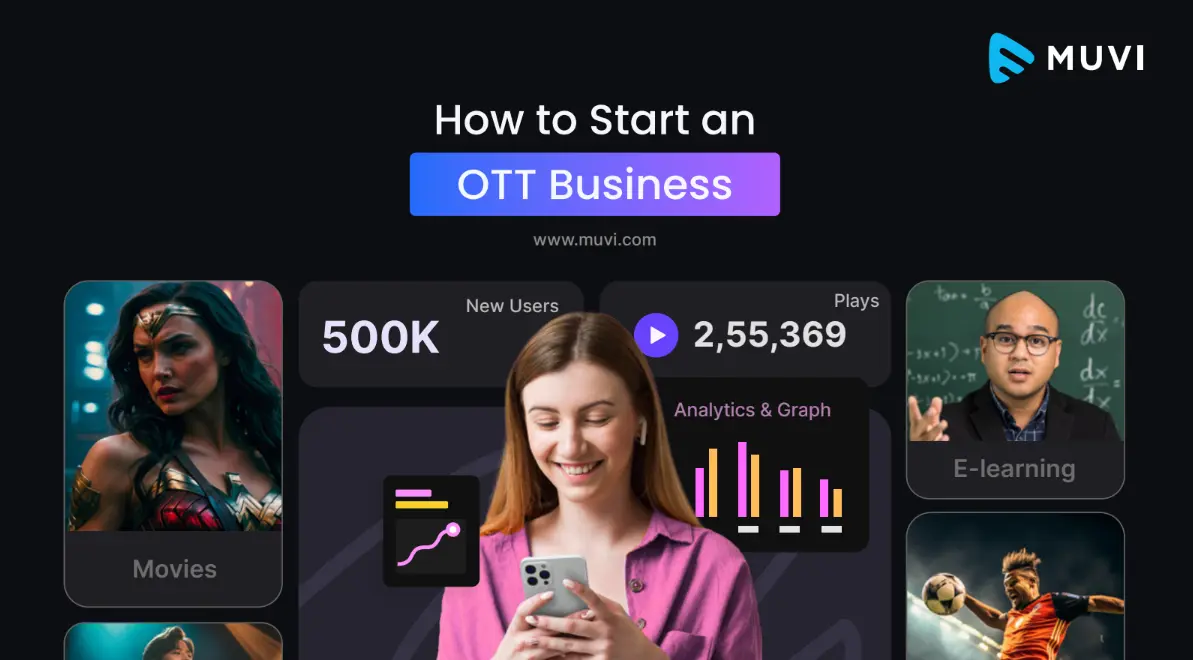
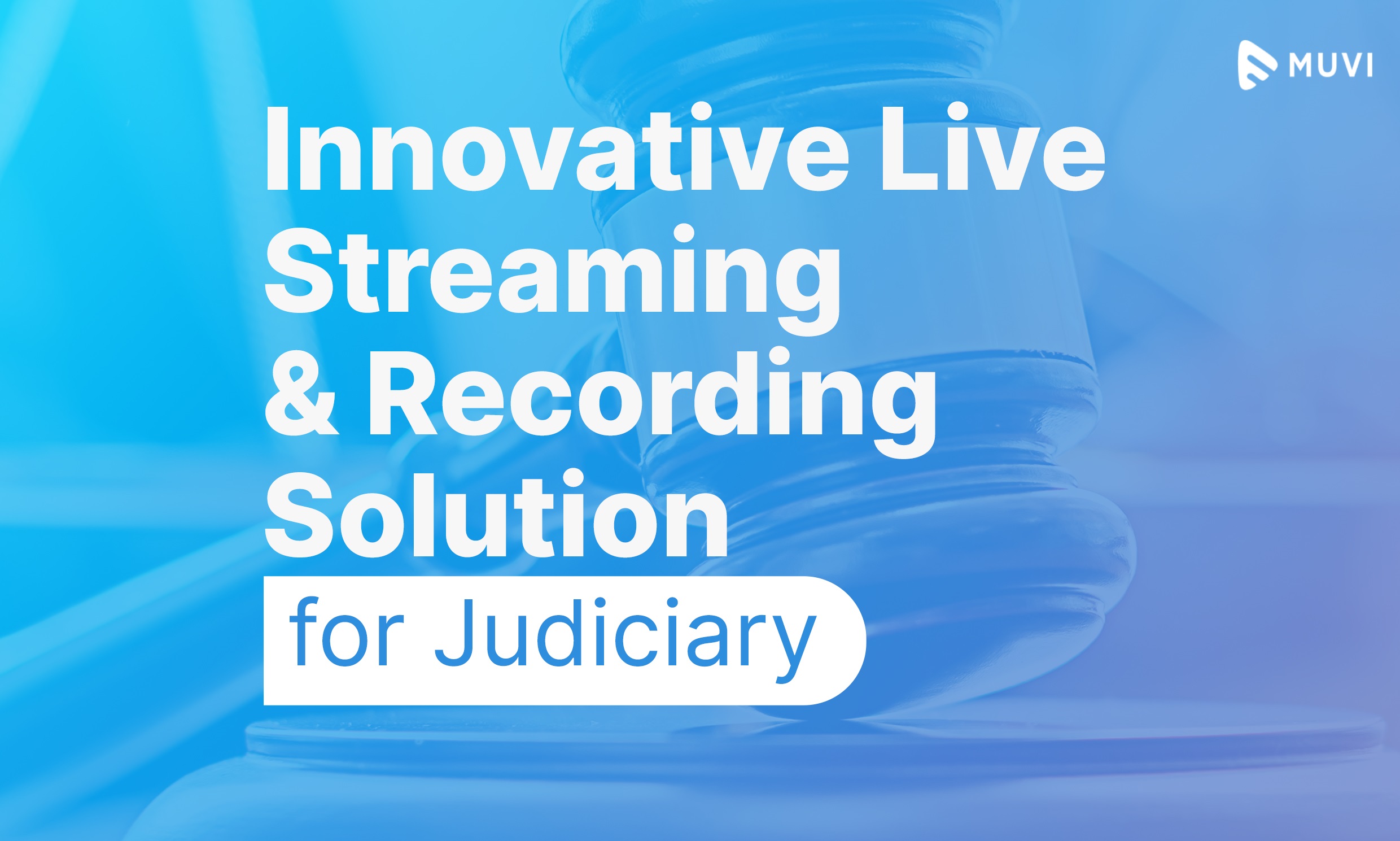
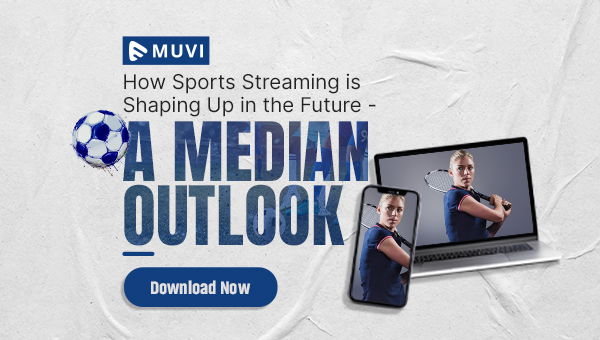

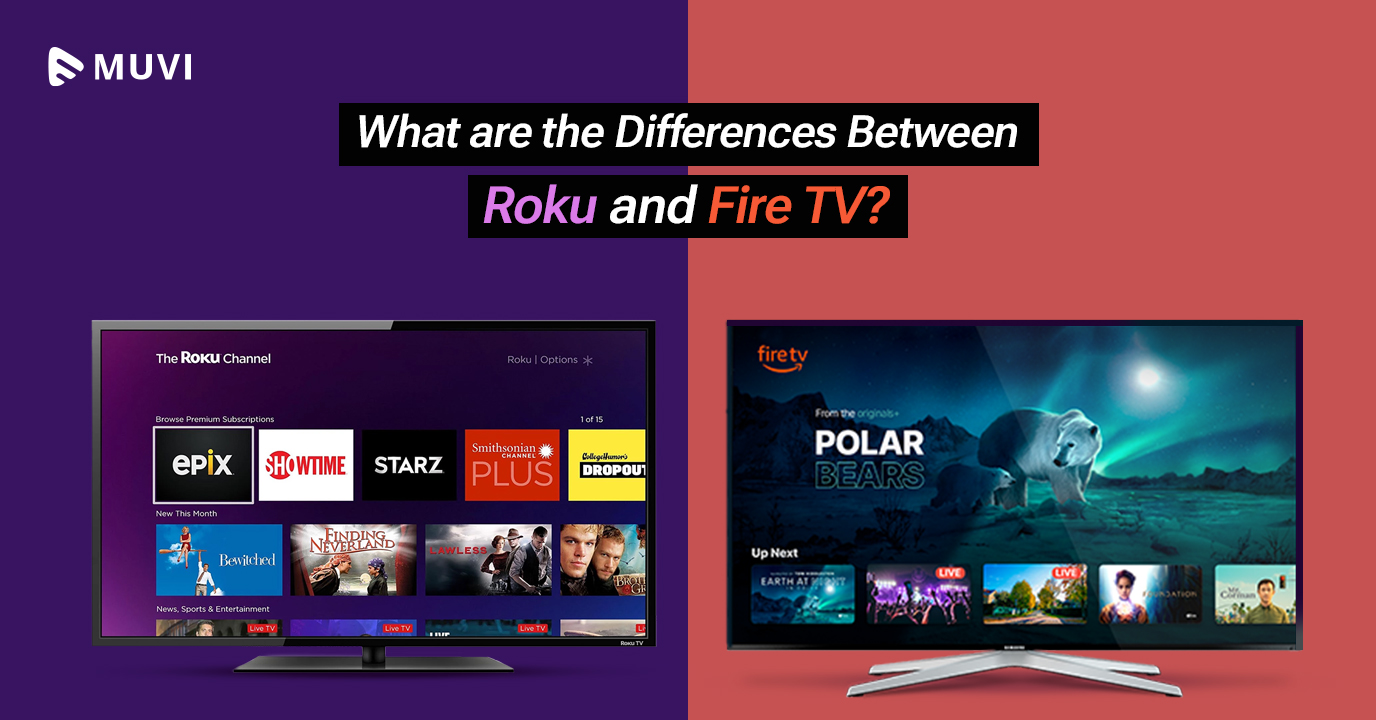
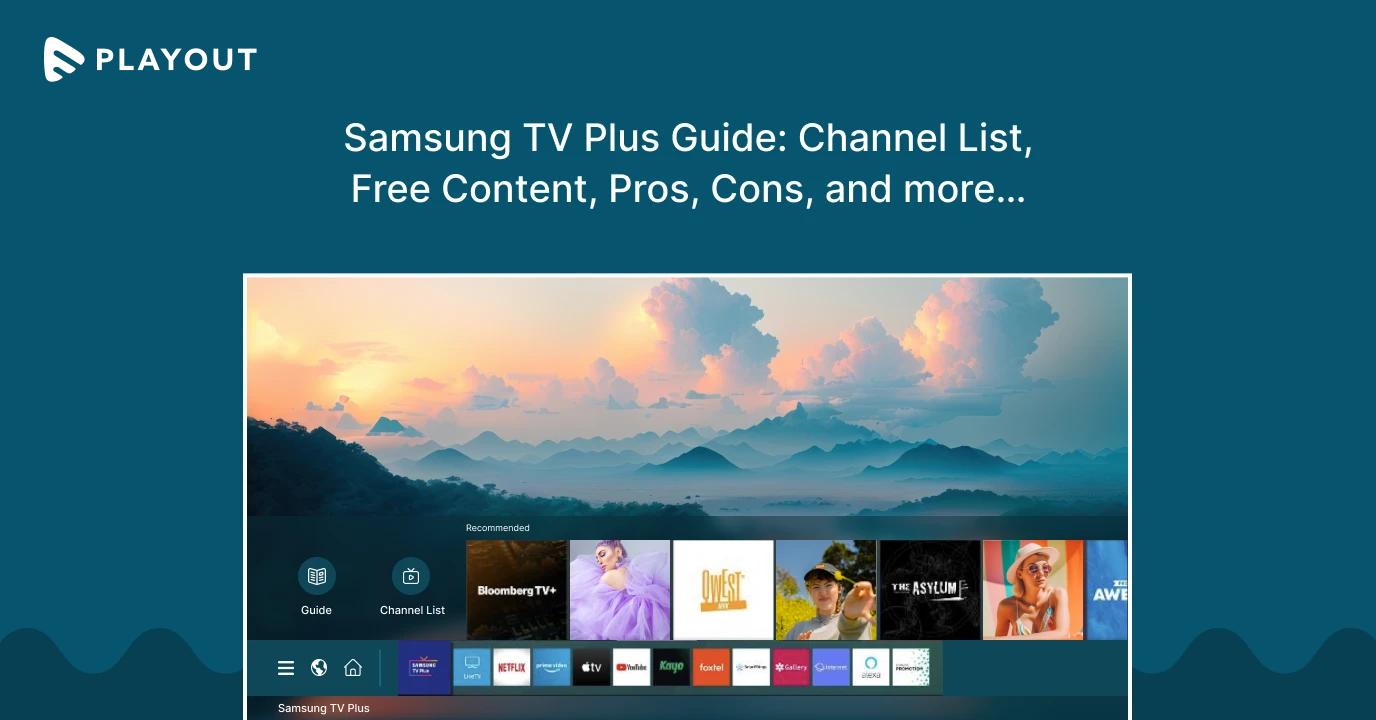
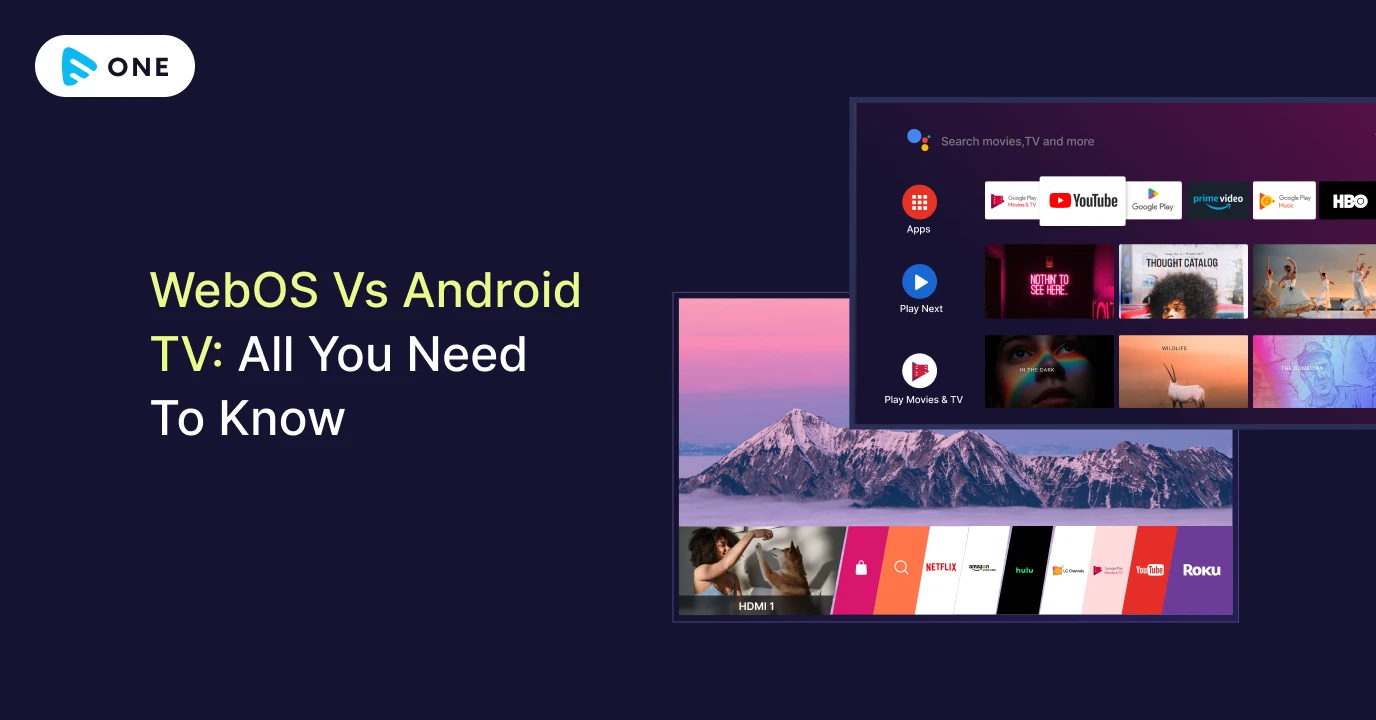



Add your comment